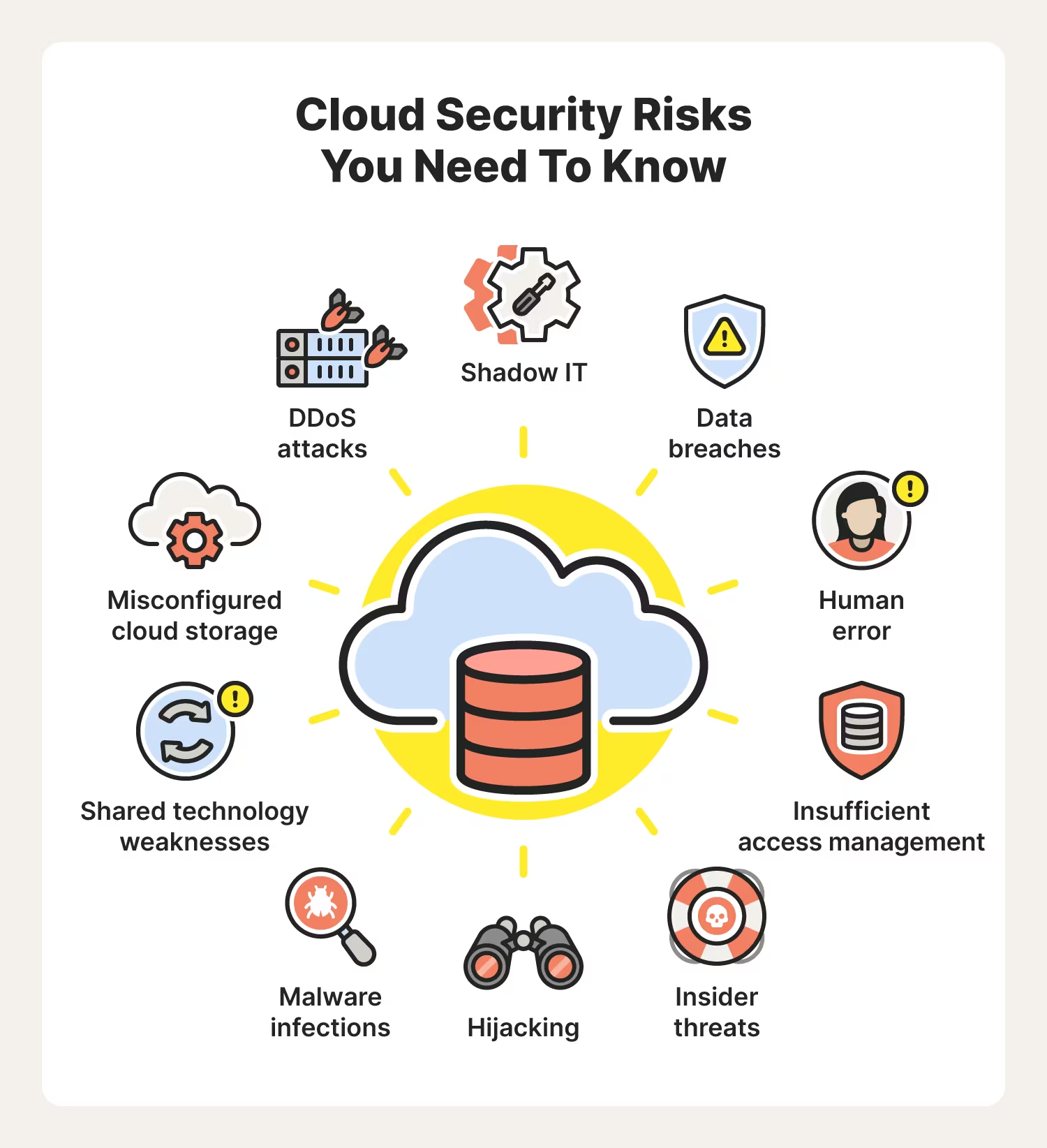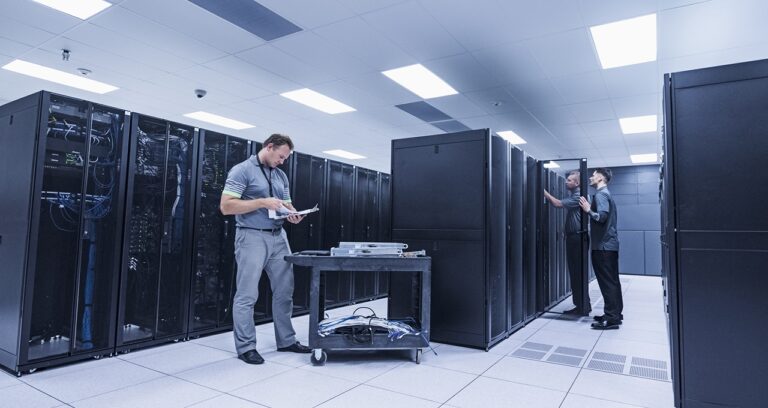7 Cybersecurity Stats That Make You Rethink Your Security Setup
Organizations should be aware of all the latest security threats and how to best deal with them. However, it’s one thing to know that ransomware is a threat and quite another to know just how severe that threat really is.
To better help enterprises of all types and sizes, we’ve compiled seven statistics that highlight the most significant cybersecurity threats that exist right now. These should act as a springboard for companies to invest in the resources, technology, and training that will make a meaningful difference in both preventing cyberattacks from occurring and mitigating the damage they cause.
1. The Average Cost of a Data Breach is $4.24 million
This is the highest average ever recorded.
This figure should give every business leader pause for concern. A single data breach could be financially disastrous for a business, especially a startup or SMB that may already be dealing with budgetary restrictions, making it unable to recover from a costly data breach.
Why do data breaches become so costly? Some of the most common reasons are below:
- Detection and escalation: using auditing services to detect a breach and having departments or technicians respond can involve high costs
- Notification: notifying customers, regulators, stakeholders, and governmental entities of a breach can incur costs, and resulting legal fees can be significant, too
- Lost business caused by downtime and reputational damage
- Fines for regulatory non-compliance if personal data was leaked
- Patching the hardware or software that caused the breach
2. Only 8% of Victims Who Pay a Ransom Get 100% of Their Data Back
If only 8% of ransomware victims get all of their data back after paying the ransom, it makes you wonder whether paying up is actually worth it. In fact, many cybersecurity experts argue that businesses shouldn’t give in to these demands for, at least in part, this very reason.
If you do, you could lose not just the (often very high) ransom but also a large chunk of your valuable data anyway. According to Sophos, on average, only 65% of encrypted data is restored after the ransom is paid.
It’s always better to prevent ransomware attacks from occurring in the first place, such as by creating a strong cybersecurity culture in the company. For example, all employees should know not to open suspicious-looking links. Moreover, businesses should ensure they have backups of all critical data should a ransomware attack occur.
3. 82% of Data Breaches Involve a Human Element
Most data breaches involve a human element, rather than a fault in technology. These causes include social engineering attacks, errors, and misuse.
In light of these factors, companies should ensure that:
- Employees know what legitimate emails and requests should look like if they come from a trusted organization. The utmost care should be taken before divulging confidential information.
- All employees understand cybersecurity best practices. Human error can’t be completely eliminated, but it can be massively reduced.
- No member of an organization can (either wittingly or unwittingly) misuse business-critical data.
4. Only 14% of Small Businesses Are Prepared for Cyberattacks
According to Accenture’s Cost of Cybercrime Study, 43% of cyberattacks are aimed at small businesses, but only 14% of SMBs are prepared to defend themselves against such attacks. This lack of preparation is due to insufficient security measures and the sheer frequency of attacks taking place.
The most common types of attacks affecting small businesses, according to Ponemon Institute’s State of Cybersecurity Report, are phishing/social engineering, compromised/stolen devices, and credential theft. SMBs can combat these threats effectively by addressing each of these weak points.
5. Only 28% of U.S. Businesses Use Multi-factor Authentication
The 3rd Annual Global Password Security Report by LastPass found that in the U.S., only 28% of businesses use multi-factor authentication (MFA). While this is actually around the average, this is still a worryingly low figure, given the risks of not using MFA for critical systems and applications.
If you have MFA in place—requiring employees to use a second form of authentication before logging in—you can stop cybercriminals from accessing sensitive data, even when they know a company password. This simple step can prevent a potentially disastrous hack from taking place.
6. It Takes U.S. Companies an Average of 186 Days to Identify a Data Breach
You may be surprised that it takes this long for U.S. firms to identify a breach, but it’s true. According to the IBM Cost of a Data Breach Report 2021, it also takes organizations in the United States 51 days to contain a breach.
This average time for identifying and containing breaches is shockingly long. The longer you take to identify and contain a breach, the greater the likelihood of damage to revenue, brand value, reputation, and risk of litigation.
7. DDoS Attacks Are on the Rise
The Cisco Annual Internet Report showed that distributed denial of services (DDoS) attacks are believed to reach 14.5 million by the end of the year. This would be a 10% increase compared to the year before.
DDoS is a common cyberattack in which malicious actors overwhelm a private network or a website, causing it to fail, thereby disrupting the company’s operations. Cybercriminals can easily carry out these attacks if they control certain computers, including IoT devices. Since more organizations are using IoT devices, it’s therefore crucially important to have them secured properly, so that threat actors cannot gain access to them.
Organizations should also ensure they protect themselves against DDoS attacks by:
- Preparing a DDoS response plan
- Improving network security
- Ensuring server redundancy
- Looking for the warning signs
- Limiting network broadcasting
- Using cloud-based protection
- Setting up continuous monitoring
The above statistics are not the only ones that will make you rethink your security setup, but they should certainly be enough to encourage you to do so.
With the right protocols and processes in place, you can mitigate the biggest security risks, ensuring the long-term success of your business.
Cyberlocke is a comprehensive, full-service IT services provider that architects and implements efficient and secure solutions for enterprise customers and their data centers. We specialize in security, cloud, managed services, and infrastructure consulting. Contact Us today to learn more.


